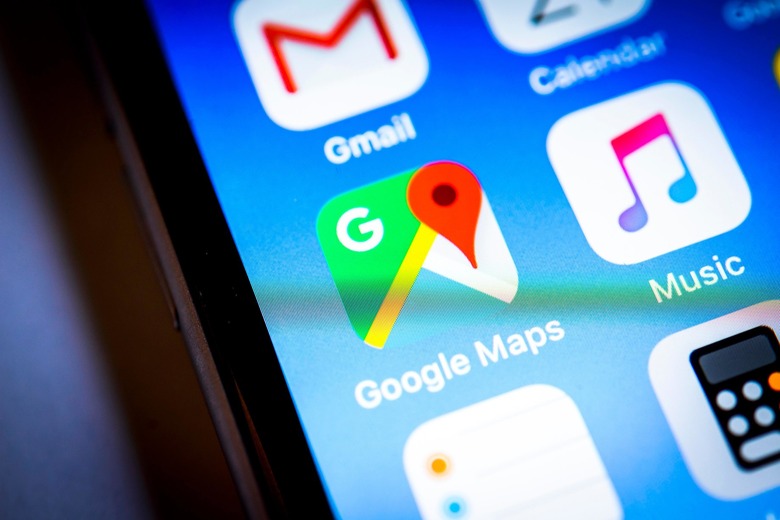Google Maps Adds New Features To Help Protect You From Coronavirus
- Google Maps introduced new features this week that make it easier to drive or take public transportation in the midst of the novel coronavirus pandemic.
- Google Maps will now alert you if your trip on a bus, train, or subway will be impacted by COVID-19, and whether or not you might need to follow certain rules, like wearing a mask.
We talk a lot about the ways in which the novel coronavirus has impacted our lives, but it's hard to express just how dramatically everything in life changed basically overnight. One of the more obvious ways in which the virus touched all of us is in transportation, as even the act of walking out your front door now carries added risk.
In order to relieve some of the stress associated with these risks, Google introduced a series of new features for the latest version of Google Maps on iOS and Android that will help to keep you informed about the ways in which your trip or commute might be affected by COVID-19 and the myriad problems it is causing.
From now on, when you look up transit directions for a trip that may be affected by the virus, you will see any relevant alerts from transit agencies in your area, so you'll know if there are delays or closures or if you need to wear a mask to board the train or subway. These alerts are rolling out in Argentina, Australia, Belgium, Brazil, Colombia, France, India, Mexico, Netherlands, Spain, Thailand, United Kingdom and the U.S.
Driving alerts are also coming to Google Maps to let you know if there are any COVID-19 checkpoints or restrictions on your route. The alert will appear on the directions screen and as soon as you start navigation. Plus, whenever you choose to navigate to a coronavirus testing center or a medical facility, you'll get an alert reminding you to make sure that you verify your eligibility and check on the guidelines of the location so you don't waste a trip.
Google added crowded predictions features to Maps last year, but in light of the pandemic, those features are being enhanced. You can now use these predictions to see when a transit station is historically more or less busy, allowing you to plan your trip based on the number of people that will be at the station.
"COVID-19 has certainly impacted the way that we move around in the world," says Ramesh Nagarajan, the Product Management Director of Google Maps, in a recent post on Google's blog about the coronavirus-related features. "As cities and countries across the globe adapt, we're committed to bringing the most pertinent information right to your fingertips. So when you're ready and able to, you can safely venture out."
